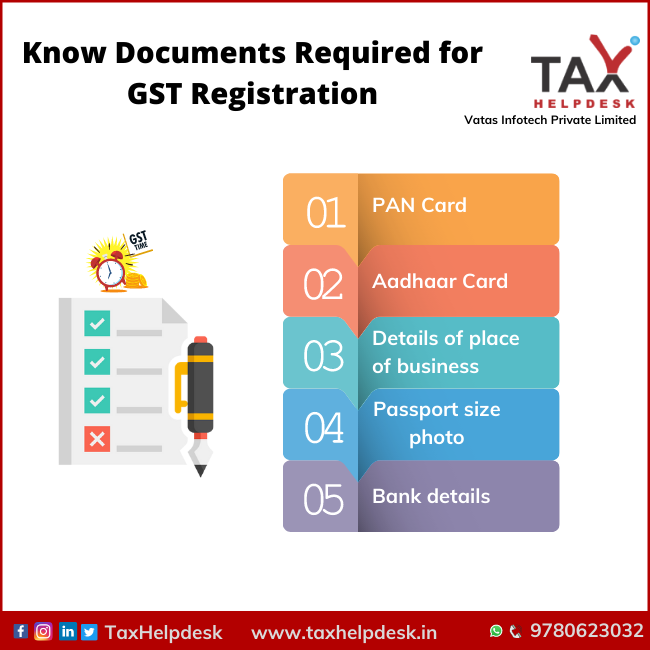Affordable Options for the Best GST Registration Services in Singapore
Affordable Options for the Best GST Registration Services in Singapore
Blog Article
From Beginning to Finish: The Ultimate Roadmap to GST Enrollment for Organizations Looking For Financial Stability
Navigating the intricacies of Item and Provider Tax (GST) enrollment is a critical action for businesses pursuing financial stability. From comprehending the essential concepts of GST to abiding with post-registration guidelines, the procedure can appear discouraging initially look. Breaking down the roadmap right into convenient steps can improve the enrollment trip for services looking to boost their economic standing. Let's discover the necessary components that make up this utmost roadmap and find how each phase adds to laying a solid structure for monetary success.
Understanding GST Essentials
Digging into the essential principles of Goods and Services Tax Obligation (GST) is important for getting a comprehensive understanding of its implications on services and the economic situation. Input Tax Obligation Credit Rating (ITC) is a substantial feature of GST, permitting services to assert credit scores for taxes paid on inputs, reducing the total tax obligation worry. Understanding the fundamentals of GST is essential for organizations to comply with tax guidelines, handle their funds effectively, and add to the nation's economic development by participating in a clear tax obligation system.
Eligibility Requirements for Enrollment
To sign up for GST, services need to fulfill specific qualification criteria developed by the federal government. The main qualification need is that any type of service involved in the supply of goods or solutions with an annual accumulation turnover over the threshold limitation set by the authorities need to register for GST. Since the existing policies, the threshold limitation for GST enrollment is an annual aggregate turnover of 40 lakhs for services running within a state, with the exception of unique category states where the limit is 20 lakhs. In addition, certain companies are called for to sign up for GST irrespective of their turn over, such as interstate distributors, informal taxed individuals, and services responsible to pay tax under the reverse charge device. It is vital for companies to thoroughly analyze their turnover and purchase kinds to determine their GST enrollment commitments properly. Failure to sign up for GST when eligible can lead to penalties and lawful repercussions, making it important for companies to stick to the defined qualification standards.
Records Required for Registration
Having actually met the eligibility standards for GST registration, companies have to now guarantee they have the requisite documents in location to proceed with the enrollment process effectively. The records needed for GST registration generally include evidence of organization constitution, such as collaboration deed, registration certification, or unification certificate for various types of organizations. Furthermore, organizations need to give files developing the major place of service, such as a rental agreement or power bill.
Step-by-Step Registration Refine
Commencing the GST registration procedure involves a series of organized actions to guarantee a certified and smooth enrollment for companies. The initial action is to go to the GST site and submit the registration form with exact information of business entity. Following this, the applicant gets a Short-lived Reference Number (TRN) which is utilized to return to the application process if it's not completed in one go.
Following, all called for documents based on the checklist my response supplied by the GST portal demand to be published. These documents generally include proof of business enrollment, address and identification evidence of promoters, economic statements, and service entity's frying browse around here pan card.

Post-Registration Conformity Guidelines

Conclusion
Finally, businesses looking for economic security needs to comprehend the basics of GST, meet eligibility criteria, collect essential papers, comply with the step-by-step enrollment process, and follow post-registration guidelines - Best GST registration services in Singapore. By sticking to these steps, companies can ensure conformity with tax obligation policies and preserve financial security in the future
Furthermore, particular organizations are called for to sign up for GST irrespective of their turn over, such as interstate suppliers, casual taxable persons, and businesses accountable to pay tax under the reverse cost mechanism.Having actually met the moved here qualification criteria for GST enrollment, companies must currently ensure they have the requisite papers in place to continue with the registration process efficiently. The records required for GST enrollment normally include evidence of company constitution, such as collaboration action, registration certification, or consolidation certificate for various kinds of companies. In addition, companies need to provide papers establishing the principal location of organization, such as a rental agreement or power bill.Beginning the GST enrollment procedure involves a series of organized steps to make certain a certified and smooth registration for companies.
Report this page